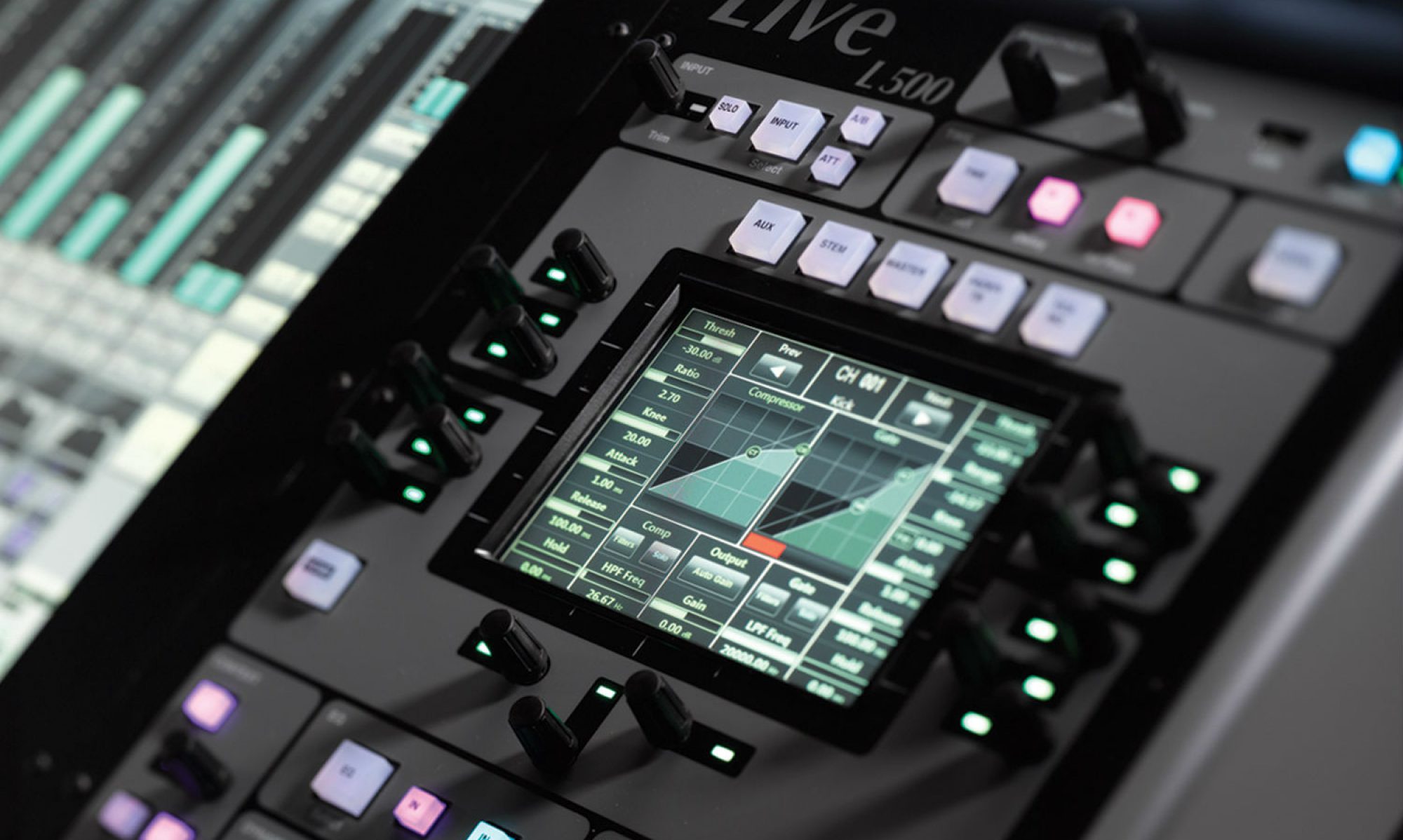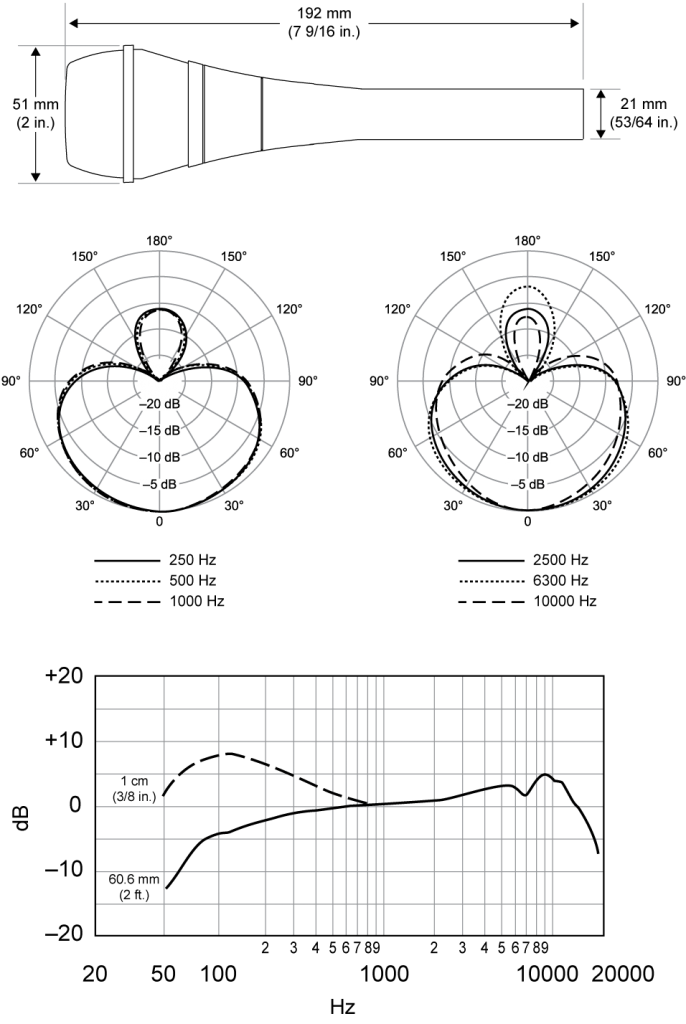Welcome back to the last part of our vocal capsule series. Over the last 4 weeks we’ve discussed the SM58, the KSM8, the KSM9, and the SEv7. We started with the SM58 because it is an easy standard to hold. Over the last several decades it has been the most reliable, recognizable, and useful microphones in our industry. From there we talked about the KSM8 and it’s older sibling, the KSM9. The KSM9 offers a smoothed out sound that helps to tame sources that are perhaps a bit brighter than others. The KSM8, serves to bring presence and clarity back to sources that perhaps don’t hold a mic consistently all the while offering better off-axis rejection. Then, last week, we talked about the SEv7 which seems to me like an improvement on the qualities we love about the SM58. It gives the same build quality and range of uses as the SM58 but with some better rejection and I think a little more warmth as well.
This week I wanted to talk about the Beta 87A. I think it is really the darkhorse of the capsule world, at least in my opinion. For the longest time I just avoided it for live worship because it just seemed to never help the vocal I wanted to use it on. Then, I discovered it’s perfect for a handheld when used for speech. Because the pickup pattern is quite directional and it does a decent job rejecting non-source material because it is a narrower supercardioid pattern than most. This mic also has a much more averaged and smooth low end drop off which helps to reduce the proximity effect. I’ve also included the polar pattern and response curves so that you can see for yourself (feel free to check back on the other posts to compare curves; links above). Here is a link to the full spec sheet from Shure as well. Lastly, something to think about when handing this out is to make sure you go over proper mic technique with your artist. Because the pattern is so tight, it’s important to make sure to use it correctly in order to get the maximum performance out of the capsule.
In my own personal experience I didn’t use it a lot up until more recently. I had always used an SM58 on my backup mics because of its sheer reliability but about 5 or so years ago I started using the Beta 87A again on handhelds when they are being used for speech exclusively. Why? Because, as I said above, the pattern is really tight. That really helps when your source is holding it down by their belly button. Of course it would work better if it was closer but that same position with an SM58 is far less usable. As far as the reliability goes, I haven’t had any issues yet. But I’ve started checking more often which I suppose I should have been doing all along. Fast forward a few years and we were really struggling to find a capsule that our power female vocalists could use that wouldn’t just implode under heavy load (as in singing really loud). We decided, knowing that the Beta 87A is a little less sensitive than other capsules, we just tried it and it went great! So I tried it on another of our power vocalists and it went great again! We also ended up trying it out on a vocalist that was singing out in our PA coverage (well, she was basically on top of a front fill, much farther forward than I would generally like) a bit for a special element in our Christmas service and because of the tighter pattern feedback was eliminated dramatically from just a capsule change (was previously a KSM8). A little extra work was needed to bring some breadth back into her voice lost from the change but after that was done performance was great and far less feedback chance during that element. This capsule is incredibly situational and while it sounds great in these two situations, for me, in my room, with my PA, with the artists I’m working with, it worked for these two scenarios.
Well that’s it for the series. I’m hoping you’ve learned a little bit about how I try to match up each artist with a capsule. This sounds trivial, especially because you can EQ things to match up anyway, but if you want to have to do less EQ and play into the strengths of each capsule, thinking through it can make your life so much easier. The last thing I’ll say is that taking a few weeks and finding the right match and sticking to it can also bring some consistency in the in-ear mix for your artist as well. They will start getting used to what things sound like and spend less time critically listening to hear what’s going on and more time performing and responding to each other. If you have any questions about what I’ve been talking about over the last 5 weeks, feel free to reach out to me at daniel@studiostagelive.com. Because of the coronavirus outbreak, I may miss a week or two over the next 8 to 10 weeks but my goal is to continue to keep posting. To make sure you don’t miss out, follow this link and subscribe to this blog and you’ll get an email whenever something new is published. Until next time, happy mixing!

